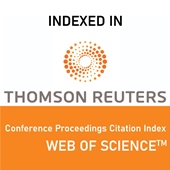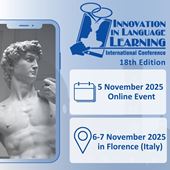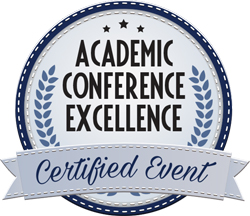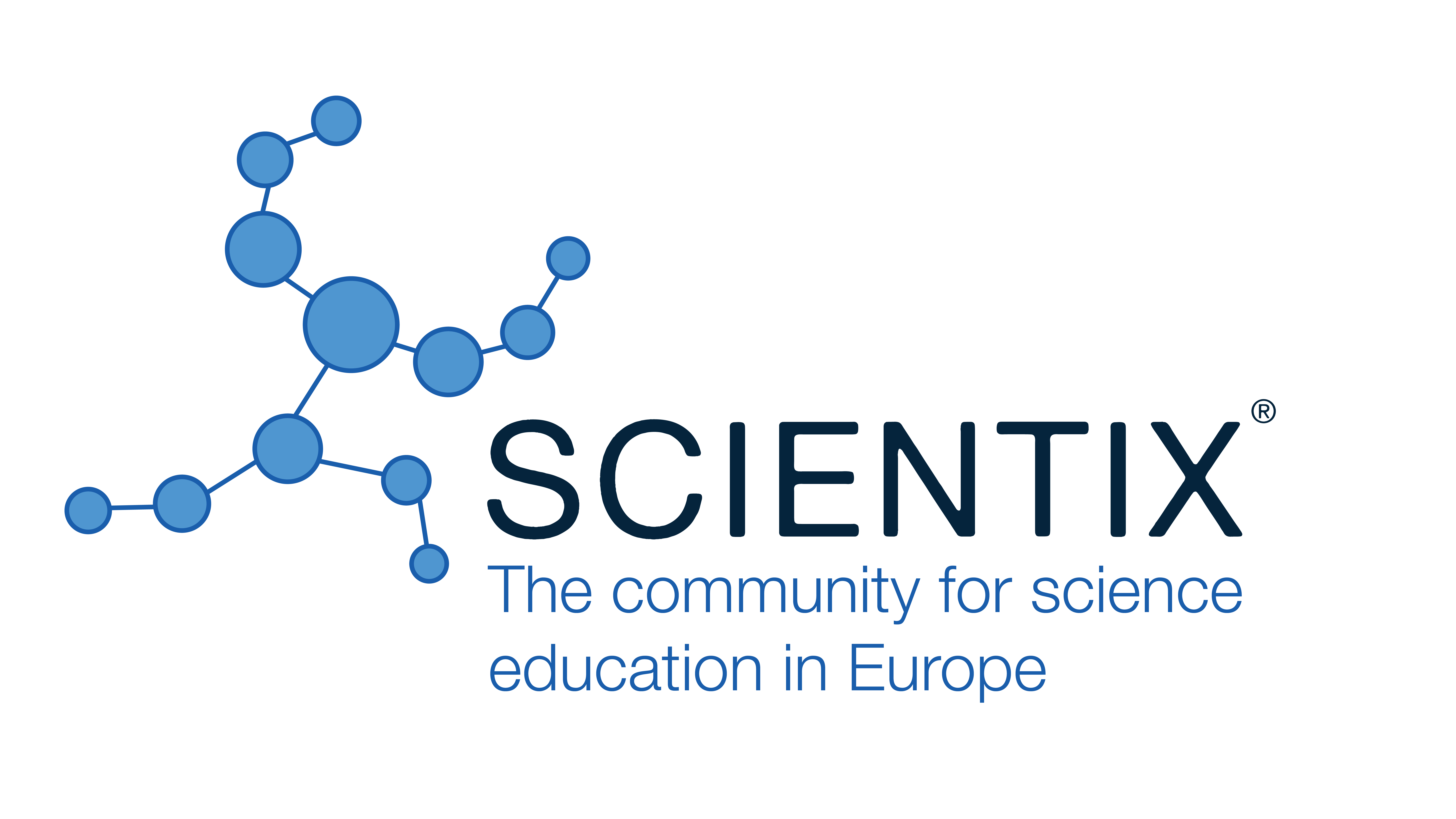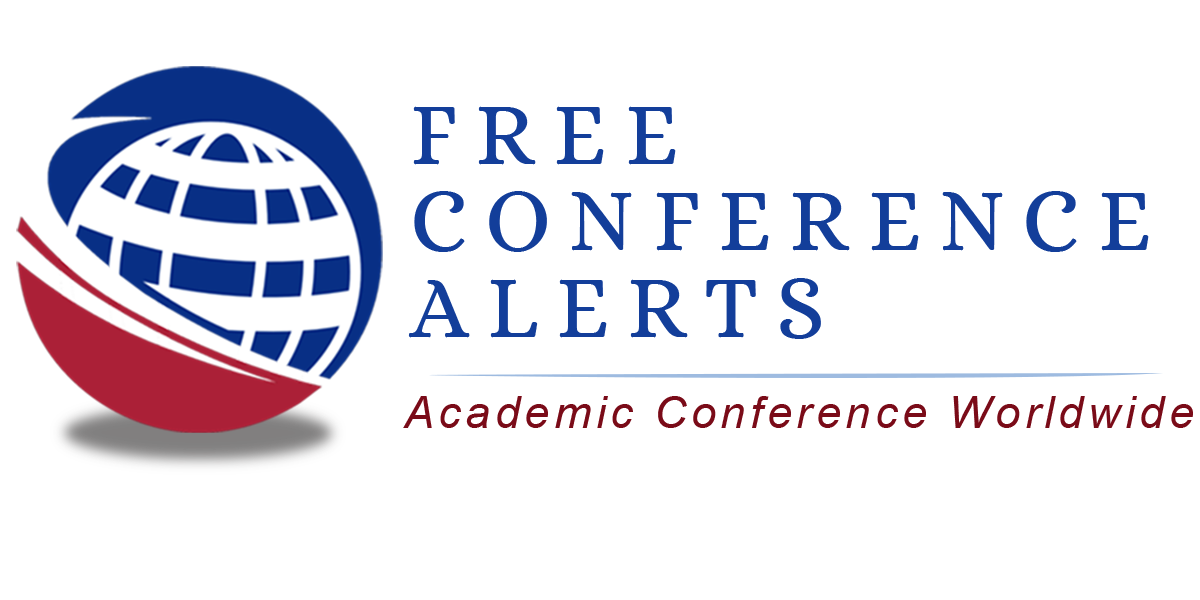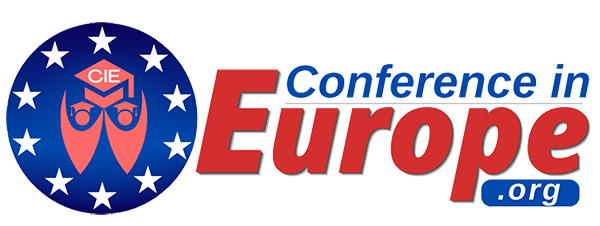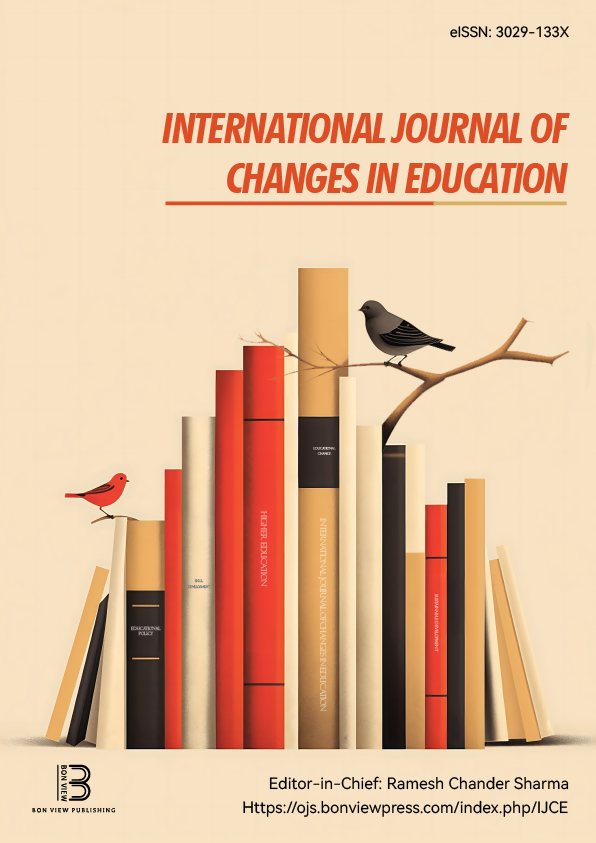Differentiated Literacy Instruction for Multilingual Learners: Integrating AI and Culturally Responsive Practices within the IPC
Emma Smit Petzsch, International School Leiden (The Netherlands)
Abstract
This research presents a case study of how culturally responsive literacy practices were implemented in an international school in the Netherlands, drawing from both theoretical insights developed during a Master of Education in South Africa and professional practice as Literacy Coordinator and EAL lead. The study explores how multilingual learners can be supported to achieve academic success in the language of teaching and learning through a framework that integrates the Science of Reading, Culturally Responsive Teaching, and differentiated small-group instruction.
In multilingual international classrooms, the challenge of balancing explicit language instruction with meaningful, engaging content requires intentional pedagogical design. This case study highlights practical strategies teachers can adopt to scaffold language acquisition while maintaining rigorous expectations. Central to the approach is the use of differentiated small-group instruction informed by assessment data and learner profiles. Instruction combines systematic, explicit phonics teaching with opportunities for comprehension, oral language development, and engagement with culturally relevant texts.
A distinctive feature of this study is the integration of AI-generated, culturally responsive resources that support learners’ linguistic and cultural identities. These resources were embedded within the International Primary Curriculum (IPC), providing a bridge between curriculum content and learners’ diverse cultural backgrounds. By aligning AI tools with principles of culturally responsive pedagogy, teachers were able to personalize materials, enrich scaffolding, and strengthen learner engagement.
Findings from this practitioner inquiry suggest that combining structured literacy approaches with culturally responsive materials not only enhances language acquisition but also fosters a sense of belonging among multilingual learners. Furthermore, the strategic use of AI demonstrates potential in supporting teachers to differentiate more efficiently and responsively. While the context is situated within one international school, the insights contribute to broader conversations on how schools worldwide can leverage culturally responsive, technology-supported strategies to meet the needs of linguistically diverse learners.
Keywords: culturally responsive teaching, multilingualism, IPC, differentiation
REFERENCES
[1] Gay, G. (2018). Culturally responsive teaching: Theory, research, and practice (3rd ed.). Teachers College Press.
[2] Smit, E. (2024). Supporting South African foundation phase teachers in becoming culturally responsive literacy practitioners (Master’s thesis, Stellenbosch University, Faculty of Education, Department of Curriculum Studies). SUNScholar.
[3] Tomlinson, C. A. (2017). How to differentiate instruction in academically diverse classrooms (3rd ed.). ASCD.
 Innovation in Language Learning
Innovation in Language Learning
